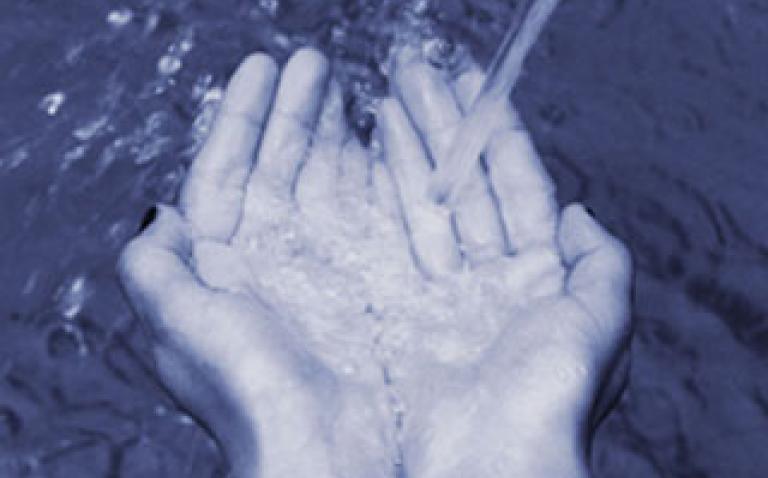Healthcare workers in a busy environment maybe forgiven that using alcohol-based hand gels are enough to prevent the spread of infection, but new research shows they could be mistaken.
A study at a north American hospital showed rates of infection among patients did not reduce despite medical workers doubling their use of such gels.
“Hand hygiene is still important, but it’s not a panacea,” said Dr. Mark Rupp, infectious disease specialist at the University of Nebraska Medical Center, who led the study at the Nebraska Medical Center (UNMC).
The study, one of the largest and most rigorous examinations of hand hygiene to date, is published in the January issue of the journal Infection Control and Hospital Epidemiology.
It observed health care workers for 300 hours over two years in two separate medical-surgical adult intensive care units at the UNMC. Hand cultures were performed on nurses every 60 days during the two-year study.
He said the message of the study is that hand hygiene is only one aspect of the prevention of hospital-acquired infections. The national average rate of hand-washing compliance among health professionals in hospitals is about 40 percent.
“We were able to dramatically increase hand hygiene. Our hand-washing rate doubled from 38 percent to about 70 per cent,” Dr. Rupp said. “Although this was a great improvement, it isn’t nearly what we should be achieving. In more recent studies, we have some units achieving 85 to 90 percent hand hygiene compliance,” Dr. Rupp said.
US Federal guidelines call for health professionals to sanitize hands with soap and water or hand gels, before and after contact with patients, Dr. Rupp said. Hand hygiene also should be done even before donning gloves because of the risk of contaminating gloves by hands.
“Gloves are not a substitute for hand hygiene. There’s a misperception that if you have gloves on, the patient is protected, but gloves can get contaminated when putting them on and can easily carry germs from patient-to-patient if they are not changed between patients,” he said.
Researchers also learned from the study was that an increased number of microbes are present with fingernail length greater than 2 millimeters (one-eighth of an inch). Microbes include bacteria, fungi and viruses.
The Nebraska Medical Center sets guidelines for its health care employees when it comes to fingernails and rings. Artificial nails are banned, nails should be kept short, and rings kept to a minimum. He said those in the community concerned about preventing infection should do the same.
Fingernails are too long if when looking at palm of your hand, you can see nails above the skin of your fingers, he said.
The Nebraska Medical Center has launched several initiatives over the years to improve hand hygiene, including encouraging patients and family members to speak up. “Patients have every right to ask if health professionals have washed their hands,” Dr. Rupp said. “We encourage them to do this. We also ask patient’s families to play that role.”
Most recently, the hospital initiated a program that calls for recruiting and training observers in hospital units to monitor hand hygiene. The feedback is provided to the Department of Healthcare Epidemiology, which shares the information with hospital units.
Dr. Rupp said the program, which has been successful in increasing hand hygiene in test units, will be rolled out to all areas of the hospital. Although the program requires substantial resources, it isn’t expensive compared to the huge cost of disease and death caused by hospital-acquired infections.
University of Nebraska Medical Center
Centres for Disease Control and Prevention
Related story: UK actress wins record payout over HAI










